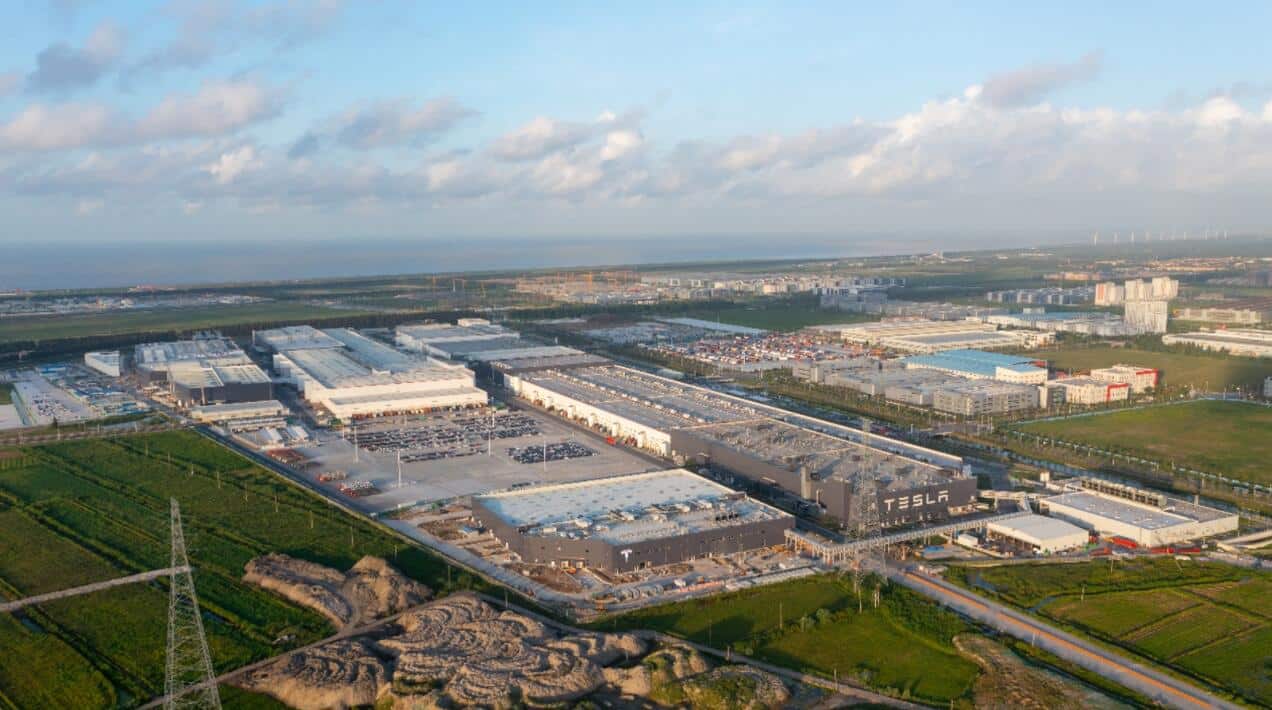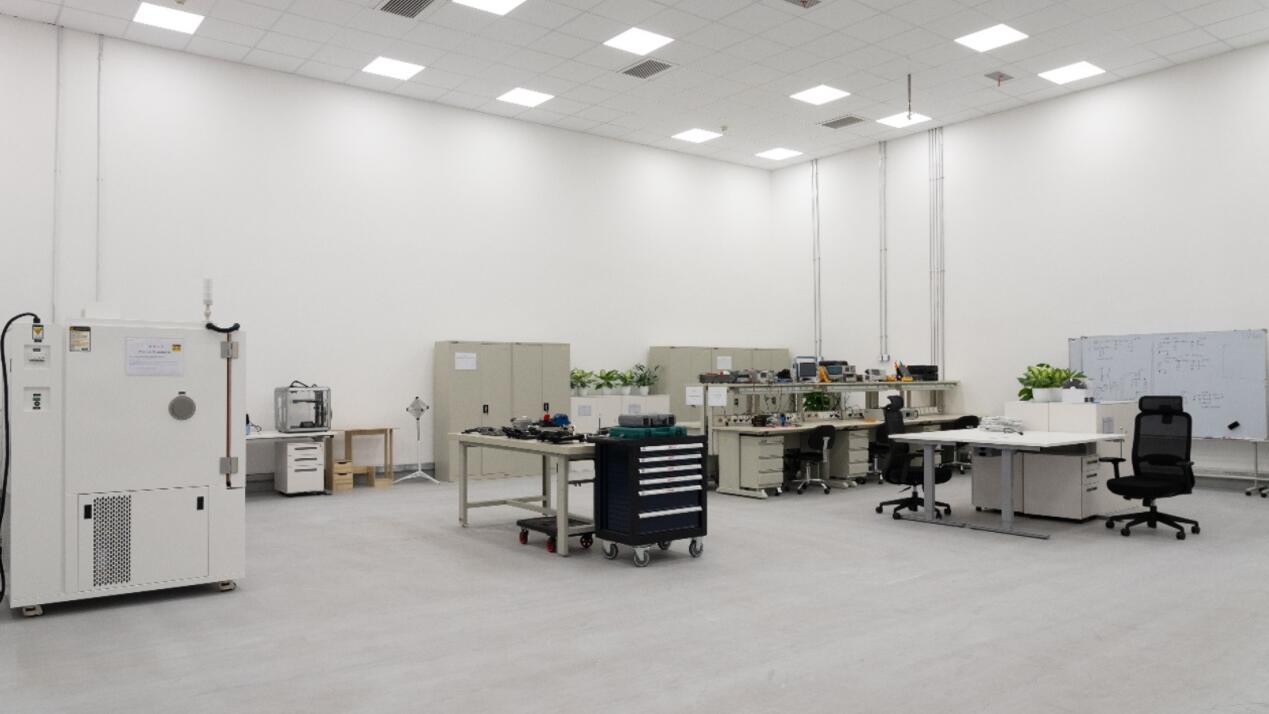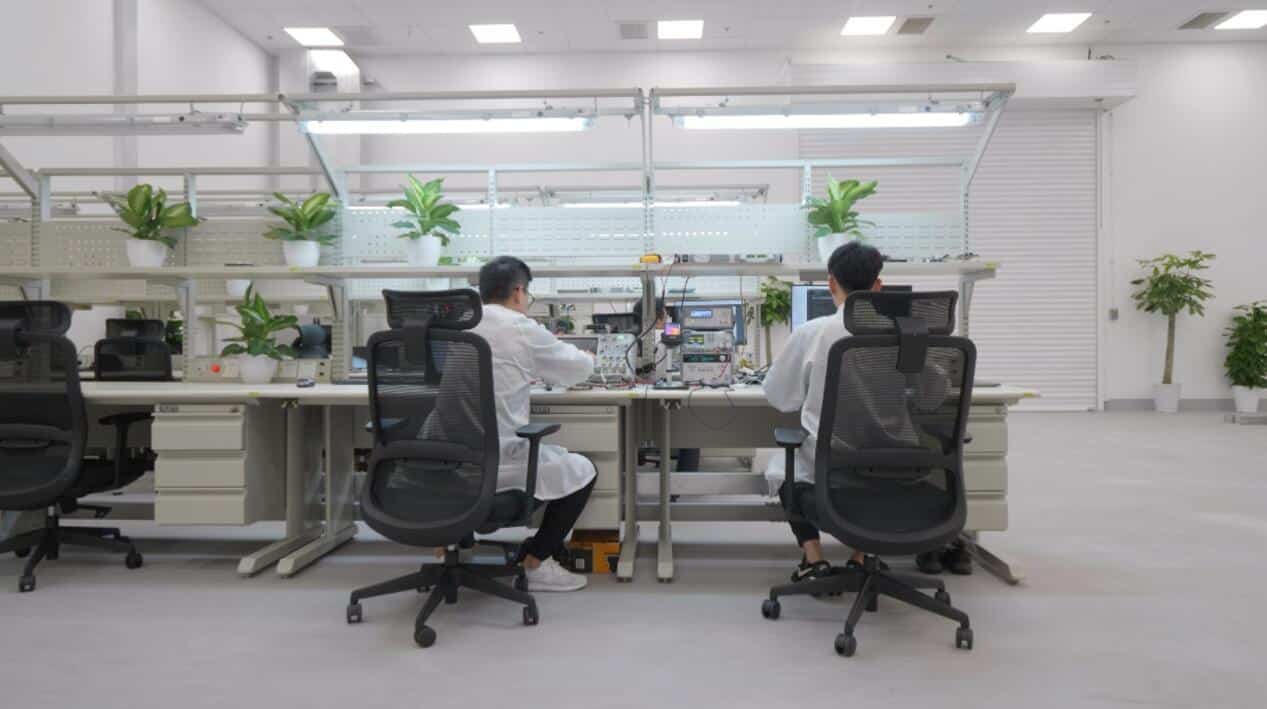This means a further step in Tesla's localization process in China and a new exploration of Tesla's overseas R&D.
The much-anticipated Tesla Giga Shanghai Data Center and Tesla Shanghai R&D Innovation Center were completed on October 25 and will be put into operation in the near future.
This means that Tesla's localization process in China has gone further, and is also a new exploration of Tesla's overseas R&D.
Based on this, Tesla will bring products and services that are better suited to the needs of Chinese consumers, according to the company.
Tesla's data center, which completed approval as required by local authorities, will be used to store data from its operations in China.
Tesla's move is part of its efforts to meet compliance requirements in the Chinese market.
On April 7, China's Ministry of Industry and Information Technology began soliciting public comments on a smart car management regulation, which mentions that smart connected car manufacturers should collect, use and protect personal information in accordance with the law.
Personal information and important data collected and generated during operations in China should be stored within the country in accordance with relevant regulations. Those that do need to be provided outside of China due to business needs should report to the regulator, the document said.
The company's new Shanghai R&D center is its first overseas-based for vehicle development and includes software, hardware, electronics, materials, power and energy engineering teams.
With 28 labs, the R&D center is now focused on developing software, hardware, processes and technologies for Tesla in China.
It also undertakes application adaptation and standards testing in the Chinese market and participates in global AI machine learning related R&D.
The R&D center's low-voltage electronics lab, firmware lab, and materials lab are its three most important localized R&D teams in China.
The low-voltage electronics lab focuses on innovation in automotive intelligence, aiming to provide technical support for the intelligence and safety of Tesla products.
Its firmware lab focuses on software development, which will enable validation of parts, vehicles and product transportation, in addition to product-level software development, to support factory start-up, mass production and rapid yield creep.
Its materials lab is planned for 4 directions: metal materials, polymer materials, mechanical testing and VOC testing to fully collaborate with all areas of R&D for development testing.
The Tesla China team has also independently developed the company's first electronic component assembly line simulation system, capable of simulating the assembly process of hundreds of electronic components on the final assembly line to ensure that the vehicle's constantly upgraded firmware versions always perform properly on the production line, according to the company.
The system will also be put into use at Tesla's Berlin and Texas plants in the future, according to the company.
In the future, Tesla's Shanghai R&D center will also carry out more original development work around vehicles, charging equipment and energy products, and develop into an integrated R&D center of the same scale as the US R&D center, according to the company.



